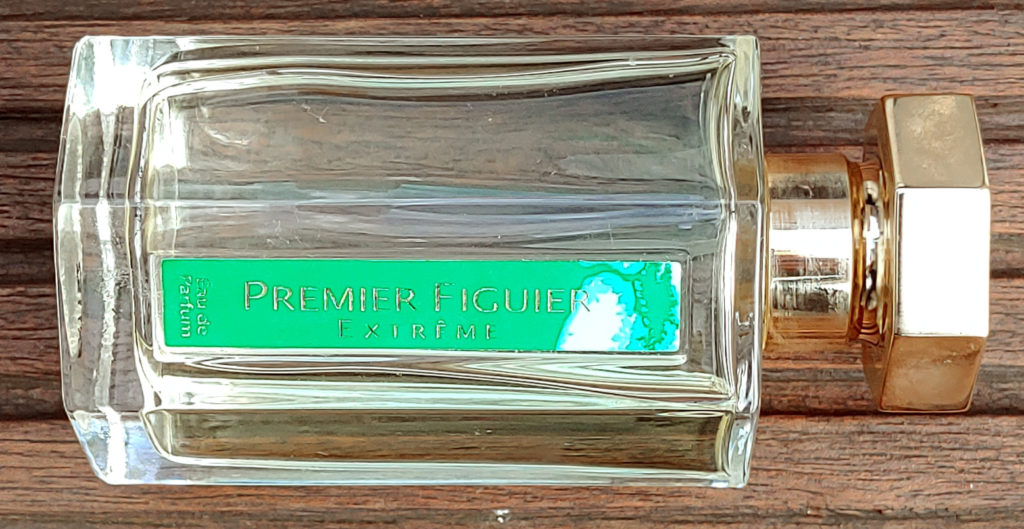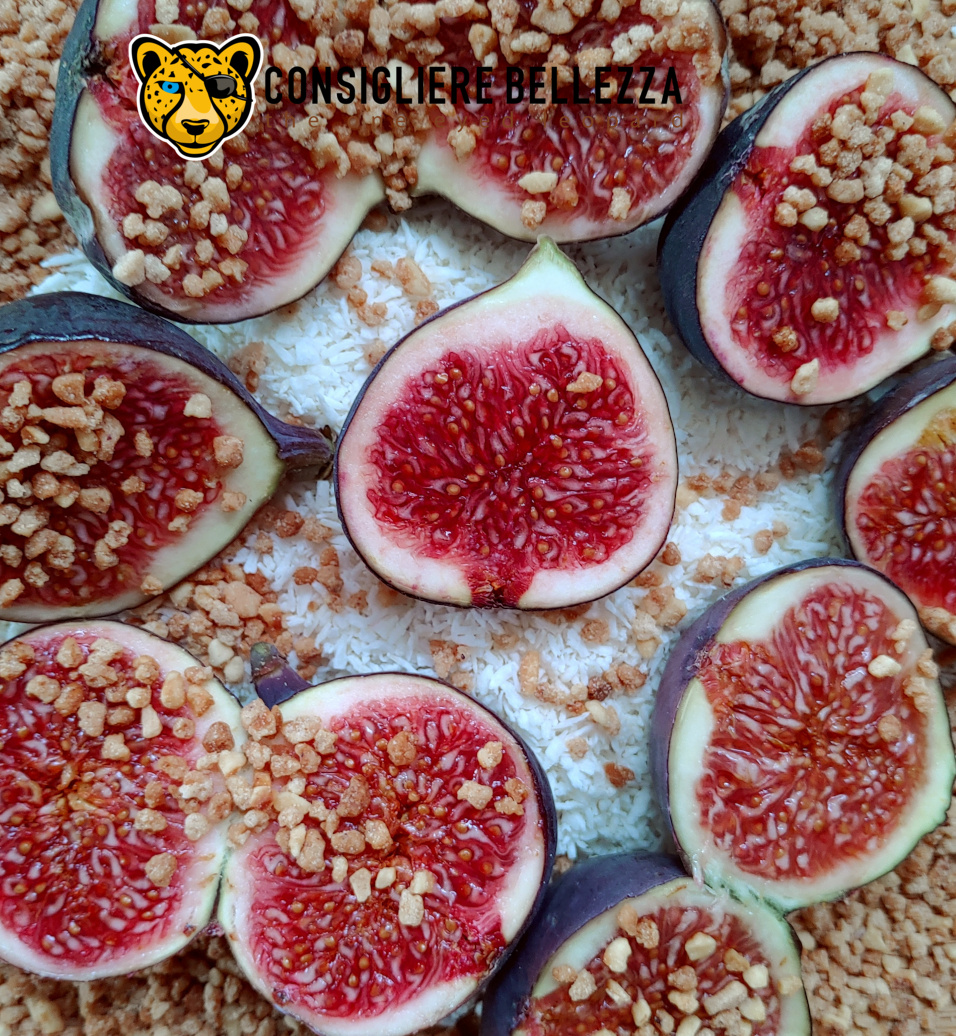Some years ago, I had my L’Artisan Parfumeur phase and bought quite a lot of the scents of the company. None flashed me more as “Premier Figuier Extreme”. I had no real expectation when buying the perfume, but after I opened the package and sprayed it on, the feeling of dozing in a little forest under the Mediterranean sun was immediately there. The wood, the dryness, the milky touch, the fig itself, fleshy, sweet and ripe.
Before my inner eye the vision of a peaceful state of mind somewhere close to the sea in a French coastal area became visible. It is almost possible to hear the cricket’s chirp. If you have read my other post about Provence, that is the landscape that comes to mind, much more than the Italian south. The scent gives the feeling of a hot day, with shimmering heat, only a few trees around and you sitting under them looking for shelter in the shadow, taking in the scents of the surrounding area.
The perfume gives an outstanding smelling experience. I was really enthusiastic afterwards and searched for more fig scents, being under the impression there must be many, due to the perfume being simply great. To the contrary, there were not many, not even a dozen. This is still surprising today. Whenever critics speak of a fig scent, they are usually very much taken by it. You can read those comments for yourself on the helpful internet forums of Parfumo and Fragrantica. Fig scents are highly appreciated and praised; one is even mentioned positively in one of JK Rowlings “Cormoran Strike” books! Nevertheless, the limited selection seems to be enough for the fans.
Two of the most famous were created by the same lady, Olivia Giacobetti, a Frenchwoman born in 1966. She started to work in the perfume world with only 16 years. From the early days she took care of her independence and had her own line and own laboratory. She did accept assignments from big brands (like Diptyque, L’Artisan Parfumeur, Hermes and Lubin), and for those she is most known. Her own brand IUNX does not do any marketing and I had never heard of it before doing some research for this article. Olivia Giacobetti is a respected name in the French perfume world. To learn about her in the internet is easy – she even has a well provided Wikipedia entry.
She mastered the concept of fig as no one else has and created Diptyque’s famous “Philosykos” (1996) and L’Artisan Parfumeur’s “Premier Figuier” (1994), with my “Premier Figuier Extreme” (2003) as a later addition, that is not produced any more.

The woody and green “Philosykos” is better known by people around the world than “Premier Figuier”. That is one of the things where my humble opinion differs from the majority, I love the sweeter and fruitier “Premier Figuier” more. Both do have their place in the scent world and together they make the two best known fig fragrances.
Looking in more detail on “Premier Figuier Extreme”, one can only rely on one’s nose or the likes of Parfumo and Fragrantica platforms, as the scent is not produced any more. A look on L’Artisan Parfumeur’s homepage and description for “Premier Figuier”, the Eau de Toilette, does not help a lot. The company names only cedarwood, figs and fig leaves as scent ingredients. There is definitely more to both of them. There is coconut, some say coconut milk, also roasted sweet almonds, milk and dried fruit (although the latter in my opinion not really noticeable). It’s the sweetness that makes the perfume so compelling and distinguishable.
The colour of the perfume to me is white and sun-yellow. I think of the blurred colours like a blazing sun from the clear blue sky, when you look directly into it.
I searched for other fig scents and found a few over the years, Terry de Gunzburgs “Flagrant Delices” being the sweetest of them all. The brand Frau Tonis Parfuem has two, just called “Feige”, the older one being the one I love and the new one giving me a green shock when unsuspectingly trying it. They are all very different, but united by the fig centre, that is even distinguishable by someone who has never tasted fresh figs.
It seems as if the fig scent touches a memory deep inside us that tells of the South as a concept, more than a landscape, a tree or a fruit.

